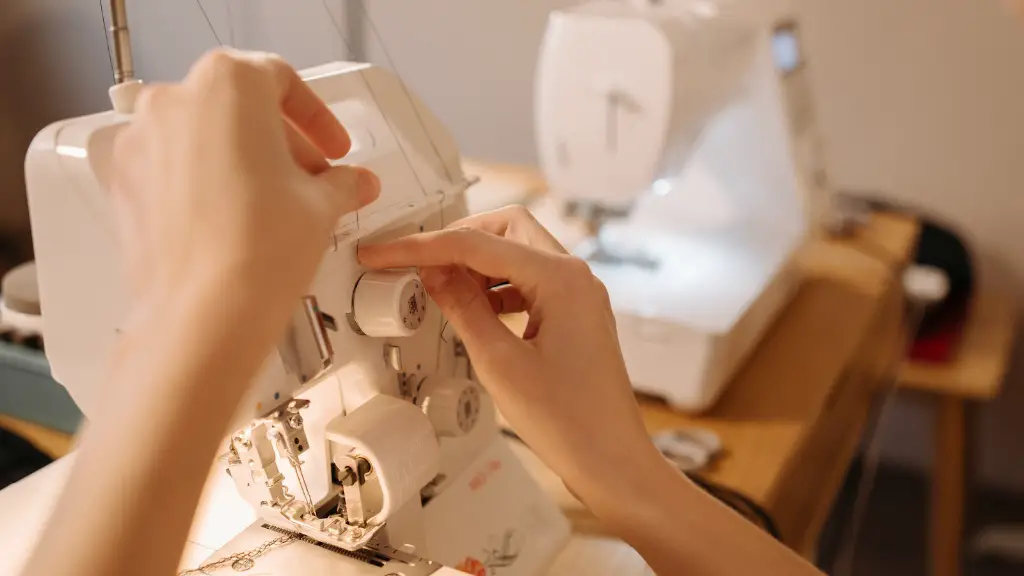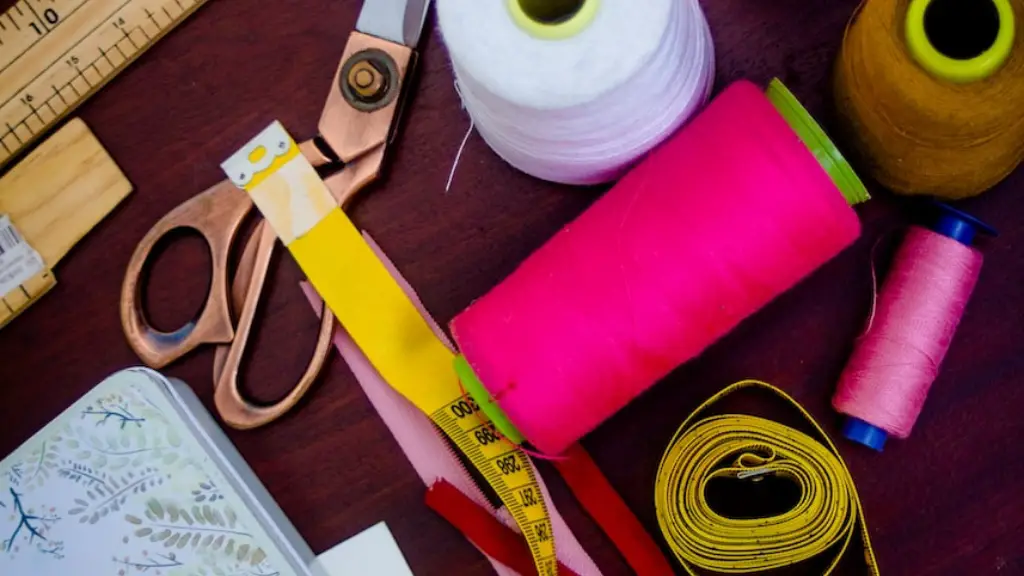Overview
The ability to perforate paper with a sewing machine is a skill in which paper craft enthusiasts of all ages can indulge. It adds a unique touch to paper crafts such as scrapbooking, invitations, cards, and even printables. The good news for DIYers is that it is actually easier to do than one might think. Whether you’re new to sewing machines or an experienced veteran, any sewing enthusiast can perforate paper with the right supplies and a bit of practice.
Gather Supplies
To perforate paper with a sewing machine, you will need several pieces of equipment. The most important item is a sewing machine that is capable of controlling the speed the needle runs. You will also need a sharp pin that is the same width as the eye of your needle. In addition, you will need a non-stick foot for your machine, a piece of fabric for testing, your preferred paper, and a sheet of wax paper.
Prepare the Sewing Machine
Once you have gathered all the materials, it’s time to begin. First, attach the non-stick foot to the sewing machine. This is necessary because it will prevent the paper from sticking to the bottom of the presser foot. Next, set the machine to a low speed setting. Most sewing machines today have a speed control option. It is important to set it at a low speed so that the paper does not tear or damage the needle.
Thread the Needle
Thread the sewing machine needle with a light-weight thread. Select a thread color that will easily blend in with the paper. The thread should also be thin enough that it does not interfere with the needle or the perforation. After threading the needle, test the stitch length. You want the stitch length to be about 1/4-inch long for a perforated paper look.
Create a Perforated Pattern
Once the needle is threaded and the stitch length is set, it’s time to start perforating the paper. Lay the paper on a flat surface and use a sharp pin to create a pattern that you would like to include in the perforation. This can be a simple line, a pattern, or even words. Place the wax paper over the pattern and hold it in place. This will help prevent the paper from shifting when it is being stitched.
Perforate the Paper
Now, it’s time to begin stitching. Place the paper in the correct position under the presser foot and lower the needle. Be sure to use a gentle hand when guiding the fabric and paper to prevent tearing or damage. When the sewing machine reaches the beginning of the perforated paper, lift up the needle and turn the paper slightly to the left to create a continuous line. Keep in mind that it’s important to keep a consistent speed when stitching to ensure a quality result.
Test the Perforation
To test your perforated paper, simply cut out a piece and run it through your sewing machine. As you do so, make sure to observe how the paper appears and feels. If the paper tears easily or the pattern looks uneven, go back and adjust the stitch length or the speed of the machine.
Maintain and Clean the Machine
When finished, remove the paper scraps from the sewing machine and discard. Once the machine is empty, be sure to follow all routine maintenance and cleaning procedures. This will help prevent damage and ensure that it stays in top shape for future perforation projects.
Create Interesting Designs
When it comes to sewing paper, the only limit is your imagination. By perforating the paper with a sewing machine, you can create a wide variety of patterns and designs. Whether you’re creating party invitations, scrapbook pages, or even printables, the possibilities are endless.
Explore Stitch Combinations
With a bit of practice, you can create unique stitch combinations that will elevate your paper craft designs. Instead of a simple line, why not try a zigzag or a flower pattern? These patterns can be used to create a decorative border or just to add a touch of visual appeal to a craft project.
Experiment with Fabric
In addition to paper, you can also use fabric to add texture and depth to your projects. By perforating fabric with your sewing machine, you can create interesting backgrounds, card covers, and even scrapbook page accents.
Embellish with Sequins and Embroidery Thread
To add even more interest to your projects, consider embellishing the perforated paper with sequins and embroidery thread. This is a great way to add sparkle, color, and texture to any project.
Print and Cut Shapes
For more creative flair, consider printing shapes onto the paper and then cutting them out with your perforated papers. This is a great way to create unique accents that stand out from traditional paper craft embellishments.
Incorporate Fabric Paint
Fabric paint can add an extra dimension to your paper craft creations. If desired, you can use it to paint designs and patterns onto the perforated paper. This will add color and texture, while also shielding the paper from wear and tear.
Add Embossing Effects
If you’re looking for a way to add more dimension to your paper craft projects, consider using an embossing folder. By running the paper through the folder, you can add a beautiful embossed effect to the paper.
Combine with Quilling
Paper quilling is a great way to add texture and shape to paper crafts. With this technique, you can combine quilling with perforated paper to create a unique design.
Use Pigma Pens
For a unique touch, try using Pigma pens to add details to your perforated paper. These pens are great for drawing thin lines and adding intricate designs.
Crop the Paper in Creative Ways
You can also crop the paper in creative ways such as die cuts, punches, and even stencils. This is a great way to add dimension and texture to your projects.
Mix and Match Techniques
If you’re feeling creative, why not mix and match different techniques? Try combining paper quilling with die cuts, punches, and even fabric painting. There’s no limit to the possibilities of paper craft innovation.




